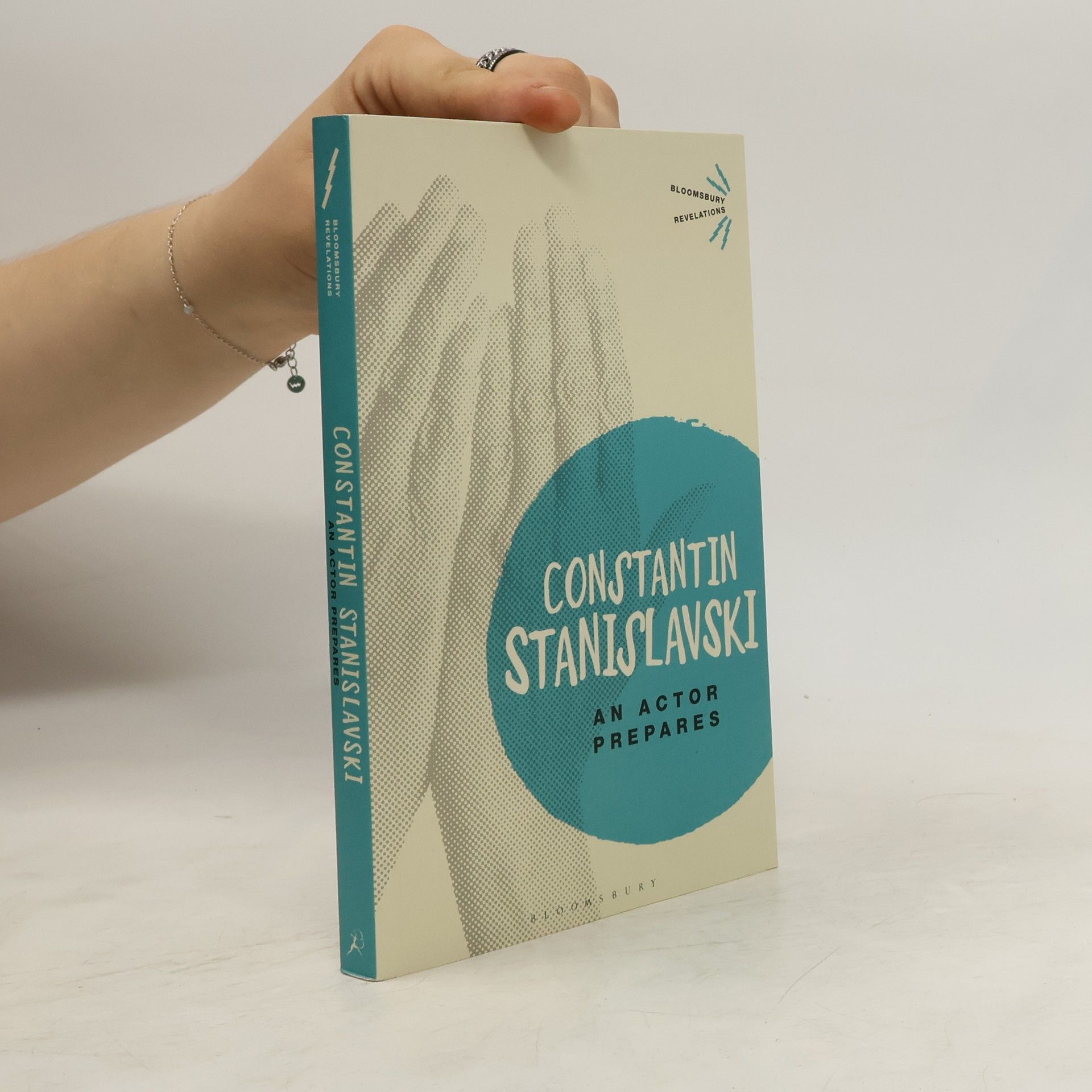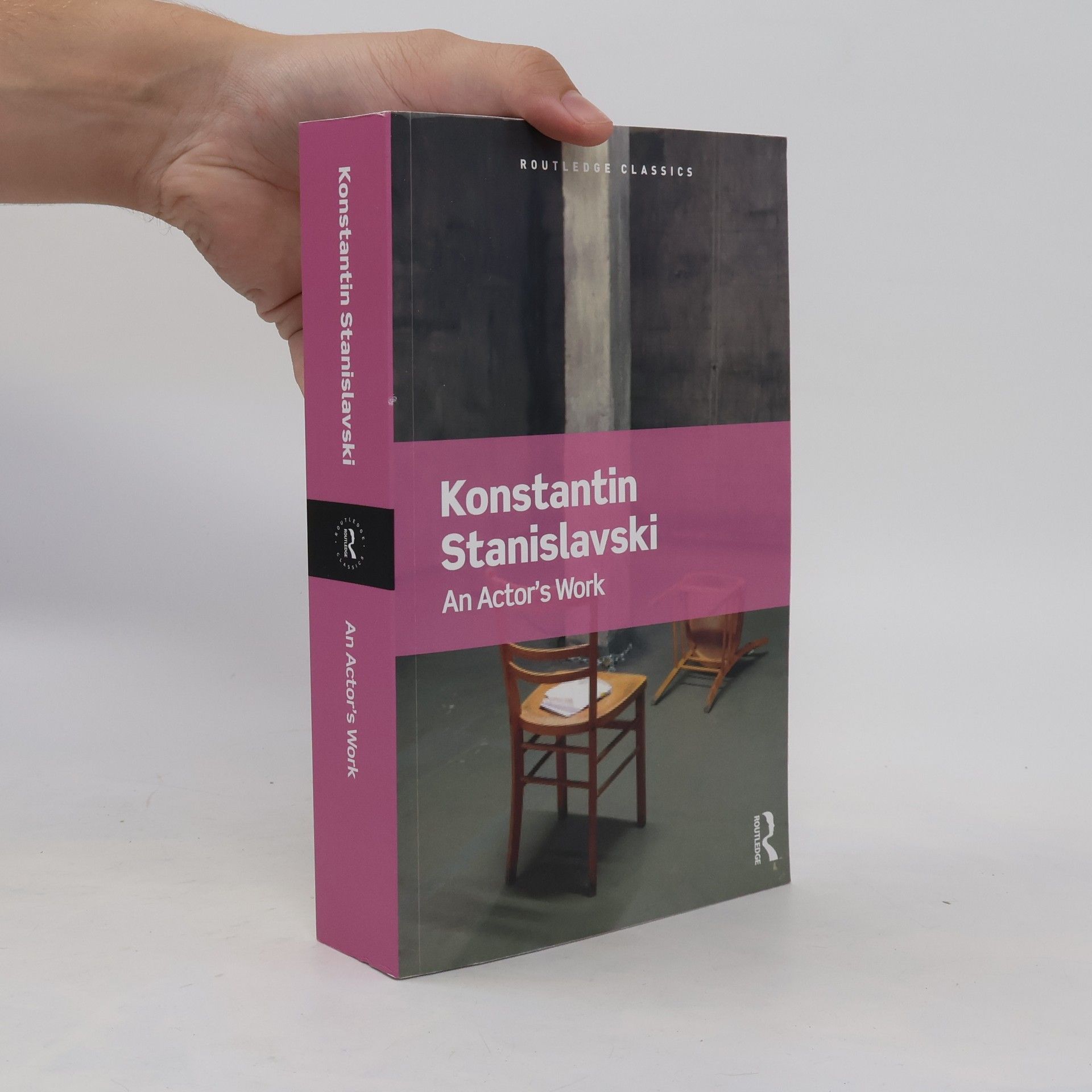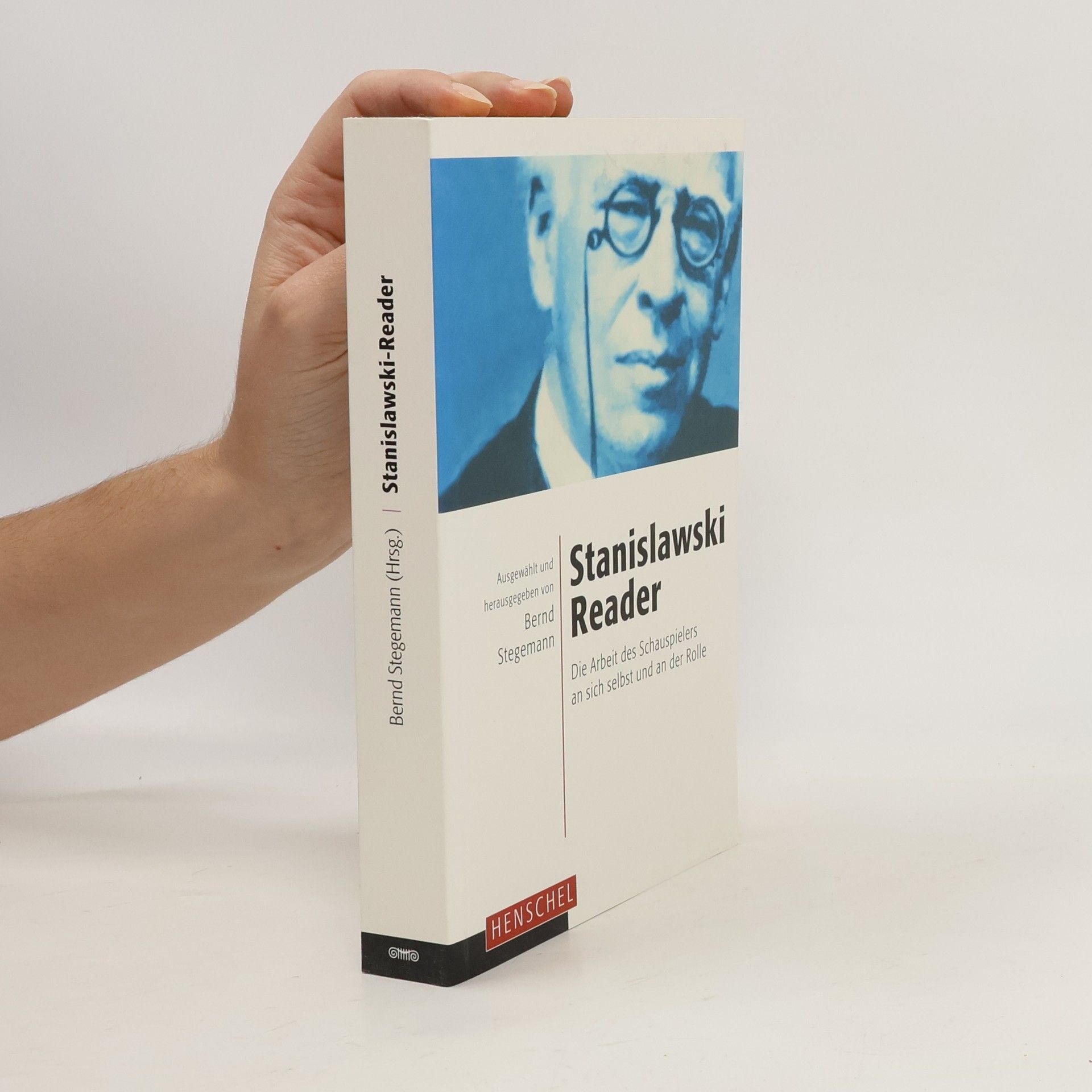No-one has had greater influence on acting as we know it than Stanislavski. His 'system' or interpretations of it - has become the central force determining almost every performance we see on stage or screen. His teaching is principally set out in three famous books: An Actor Prepares, Building a Character and Creating a Role. It is still the only comprehensive theory of acting we possess. In the first book, An Actor Prepares, Stanislavski dealt with the inner imaginative processes. In the second Building a Character, he concentrated on the body, the voice and other physical means of expression. In Creating a Role, the third book, he describes the elaborate preparation that precedes actual performance. Creating a Role "describes the elaborate marination that precedes the acutal performance. The analyses of Othello and The Inspector General, which make up Parts Two and Three, show a mind cutting through text like an inspired psneumatic-drill…Altogether Creating a Role is a brilliant little treatise and a careful reading is worth several lessons in almost any English acting academy" (Charles Marowitz, The Observer)
Constantin Stanislavski Libri
Konstantin Stanislavskij fu un attore e regista teatrale russo il cui contributo innovativo alla recitazione realista moderna europea e americana divenne la pietra angolare della formazione attoriale occidentale mainstream per gran parte del secolo scorso. Stanislavskij organizzò le sue tecniche realistiche in un 'sistema' coerente e utilizzabile. Attraverso la sua promozione da parte di ex allievi e numerose traduzioni dei suoi scritti teorici, il suo sistema acquisì una portata internazionale senza precedenti, dominando il discorso attoriale occidentale. Il suo lavoro fu cruciale tanto per lo sviluppo del realismo socialista sovietico quanto per il realismo psicologico americano. Sebbene molti equiparino il suo 'sistema' al Metodo americano, l'approccio di Stanislavskij era multivariato, olistico e psicofisico, esplorando il personaggio e l'azione sia 'dall'interno verso l'esterno' che 'dall'esterno verso l'interno', quello che lui definì 'Realismo Spirituale'.







Stanislavski's complete and unabridged autobiography offers an insightful glimpse into his life in the theatre, making it a vital resource for scholars, practitioners, and students. Translated by Jean Benedetti, this edition features fifty photographs that enhance the narrative of his remarkable journey. It stands as a classic account of the experiences and philosophies of a pioneering actor and director, providing valuable lessons and inspiration for those in the performing arts.
Building a Character
- 299pagine
- 11 ore di lettura
"An Actor must work all his life, cultivate his mind, train his talents systematically, develop his character; he may never despair and never relinquish this main pupose - to love his art with all his strength and love it unselfishly." (Constantin Stanislavski)
An Actor's Work
- 762pagine
- 27 ore di lettura
27 The External Creative State in Performance -- 28 General Creative State in Performance -- 29 The 'System' -- Appendices -- Endnotes -- Glossary of Key Terms -- Afterword by Anatoly Smeliansky
Stanislavsky on the Art of the Stage
- 311pagine
- 11 ore di lettura
Transcripts of the Bolshoi lectures delivered in Moscow between 1918 and 1922 provide an important guide to Stanislvasky's theories
An Actor Prepares
- 280pagine
- 10 ore di lettura
One of the most important books on acting ever written, this is the book that introduced Stanislavski's influential 'system' to the English-speaking world.
Stanislavski Produces Othello;
- 254pagine
- 9 ore di lettura
Das Rüstzeug, das Stanislawski in "Die Arbeit des Schauspielers an sich selbst" vermittelt hat, wird in "Die Arbeit des Schauspielers an der Rolle" angewandt und erprobt. Stanislawski: "Meine Methode beruht darauf, die inneren und äußeren Vorgänge miteinander zu verbinden und das Gefühl für die Rolle durch das physische Leben des menschlichen Körpers hervorzurufen." Die eigene Lebenserfahrung, das "affektive Gedächtnis", wird herangezogen, um in der Gestaltung Natürlichkeit und Glaubwürdigkeit zu gewinnen. Nur eine derartige Rollenanlage verbürgt "Wahrheit" in Stanislawskis Sinne.
Stanislawski-Reader
Die Arbeit des Schauspielers an sich selbst und an der Rolle
Das „Stanislawski-System“ ist das Ergebnis von Stanislawskis jahrzehntelanger Arbeit als Schauspiellehrer und Regisseur. Zahlreiche Methoden und Schulen, wie Stella Adlers „Schule der Schauspielkunst“ oder Lee Strasbergs „Method Acting“, haben sich aus seiner Lehre entwickelt und werden bis heute in Schauspielschulen gelehrt. Stanislawskis Widerstand gegen Theatralik, falsches Pathos und das Starsystem ist nach wie vor relevant. Der Schauspieler soll nicht im Mittelpunkt stehen, sondern hinter der Rolle zurücktreten und die Genauigkeit und das Handwerk über den schnellen Effekt stellen. Diese Neuedition bietet eine komprimierte Darstellung von Stanislawskis System zur Entwicklung der schauspielerischen Identität und des Rollenstudiums. Sie behandelt grundlegende Aspekte wie Stimme, Subtext und kontrolliertes Spiel für Studierende und Lehrende in Schauspiel, Theaterwissenschaft und Film. Die „Arbeit des Schauspielers an sich selbst“ umfasst Überlegungen zu Bühnenhandwerk, Phantasie und Muskelentspannung. Eine Rolle kann nur verkörpert werden, wenn Bewusstsein und Kontrolle für Stimme, Tempo und Charakter vorhanden sind. Stanislawski betont die Verbindung innerer und äußerer Vorgänge, um die Kunst des Erlebens und der physischen Handlung zu meistern. Seine Schriften, sorgfältig editiert von Bernd Stegemann, bieten Mut und Anregung für die Auseinandersetzung mit dramatischen Stoffen und Kolleg*innen und sind ein wertvoller Kompas



